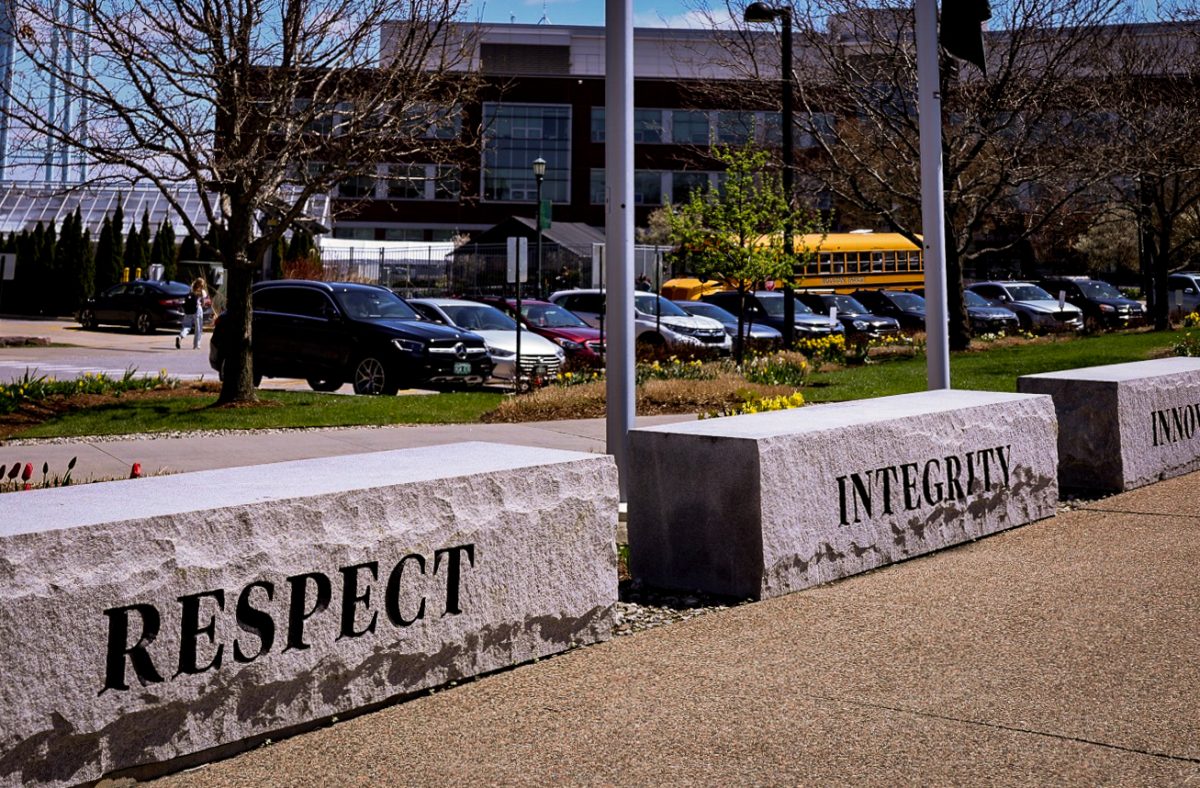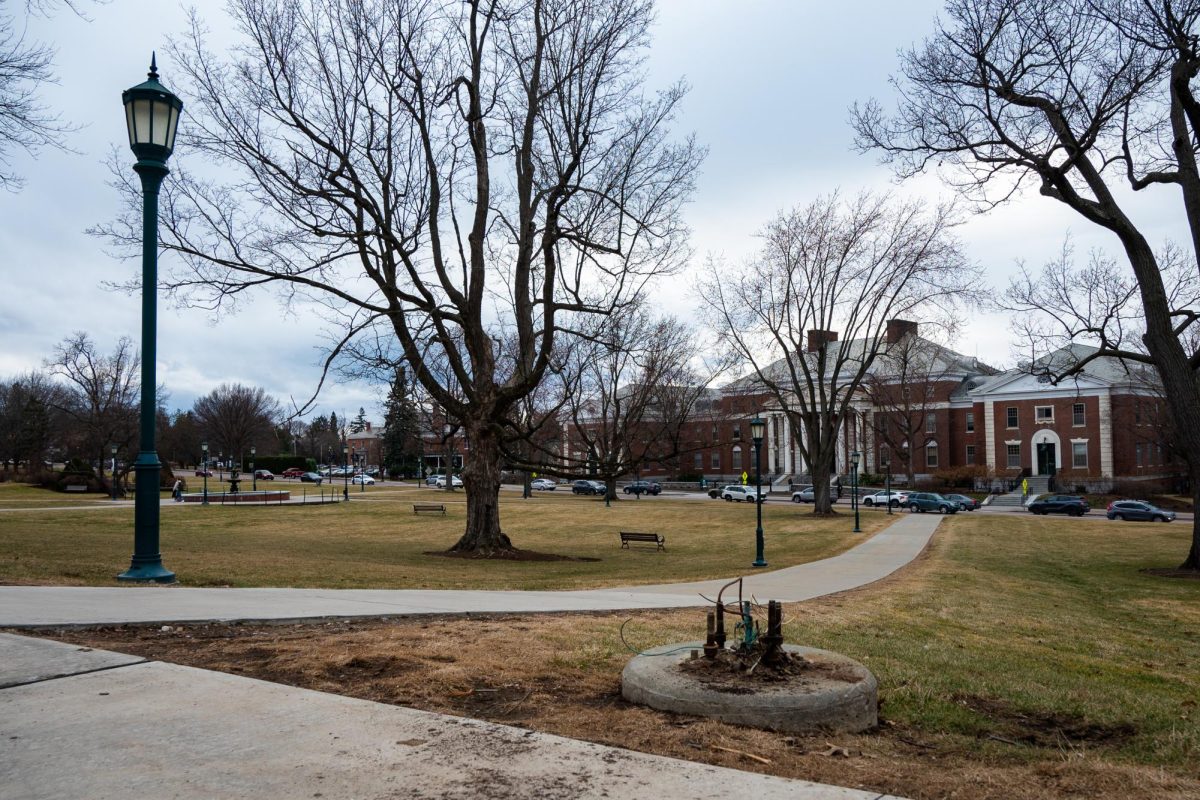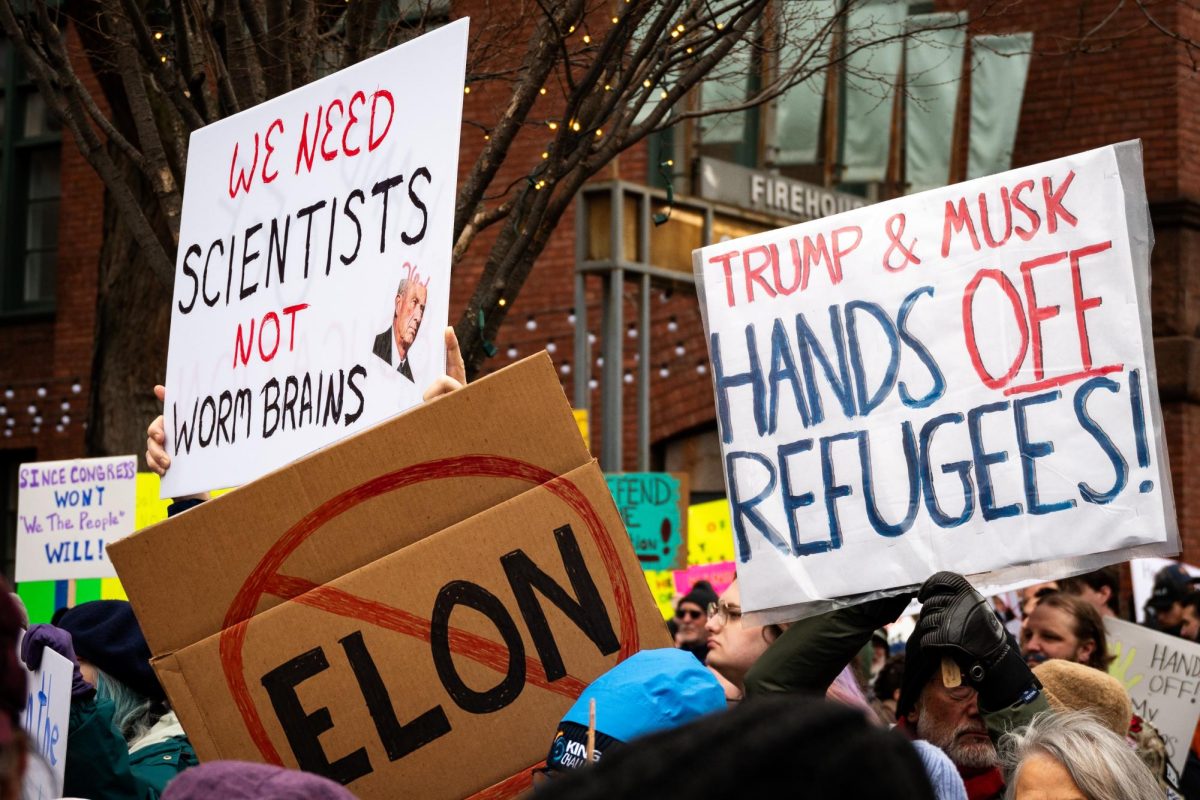If you took a tour while deciding whether or not to attend UVM in the last few years, you may have been told that the campus shuttles run on clean burning bio-diesel fuel. This was especially good news to environmentalists since UVM buses use an estimated 10,000 gallons of fuel in the process of carrying about 650,000 passengers per year.
However, early last fall, the last bit of bio-diesel was poured into a bus as the University reverted to standard, commercial diesel. According to the school’s Transportation Manager, Michael Altman, this change was not made without reason. Furthermore, in three years, he projects that campus shuttles will produce less toxic emissions than they did when running bio-diesel. The University began using bio-diesel (BD) three years ago. The fuel was produced by a small, local outfit in central VT. These producers attained the cooking oil necessary to make BD from NECI downtown. After receiving the BD, Transportation and Parking Services would mix it with regular diesel at a 20% BD to 80% diesel mix.
This is an entirely safe practice in which the mixing amounts need not be exact. UVM used the BD to lower toxic emissions, however refrained from running 100% BD because it caused starting problems with the shuttles. UVM stopped purchasing the bio-diesel after two years because the product was crudely produced and therefore inconsistent. Moreover, there were extra labor costs to mix the fuel once it was received. Despite its desire for frugality, the University does want to keep emissions as low as possible. In an attempt to synthesize these combined goals, Michael Altman has set out two different plans. The first is to gain access to commercial grade bio-diesel fuel for campus shuttles. There are two ways to do this. On is to have a tank installed on campus that can be filled with a large quantity of bio-diesel for UVM to mix and use at its leisure.
The problem here is that the tank would need to be installed underground since BD congeals when subjected to cold temperatures. An above ground tank would be cheap enough for the University to buy, but a subterranean tank would cost the students too much money. Therefore, in an effort to attain commercial BD, UVM is attempting a second way: search out a local gas station that will carry it, assuring them that UVM will buy the fuel from them. As of yet, no gas station has agreed. Mr. Altman’s second plan to attain cleaner fuel for campus shuttles at a reasonable cost is to switch to Compressed Natural Gas (CNG). CNG has a comparable cost to diesel and bio-diesel, but it is more environmentally friendly than the mix that UVM used formerly. Mr. Altman plans to order two CNG buses this spring. They will take about a year to arrive. This, however, is not all that needs to be done to put the CNG shuttles into use. In conjunction with UVM, the City of Burlington is going to build a CNG fueling station and a CNG-safe maintenance garage, both necessary components of maintaining CNG vehicles.
Ordinarily, this kind of change would lay a heavy financial burden on both the students and local residents, but, thanks to a federal environmental grant, both UVM and the City of Burlington are required to pay for only 20% of the costs for the buses, fueling station, and maintenance garage. UVM’s current shuttles cost about $100,000 each. The CNG buses will be brand new at $350,000 each, which comes down to $70,000 each for UVM after the grant. The University has eight campus shuttles currently whisking students around UVM, all running on regular diesel. Ideally, Transportation Services wants to have ten shuttles in three years. If all goes well with the two CNG buses, Mr. Altman plans to order three more. He hopes that the other five will run on a BD/diesel mix, provided by a local gas station. Only time will tell whether these goals will come to fruition.







